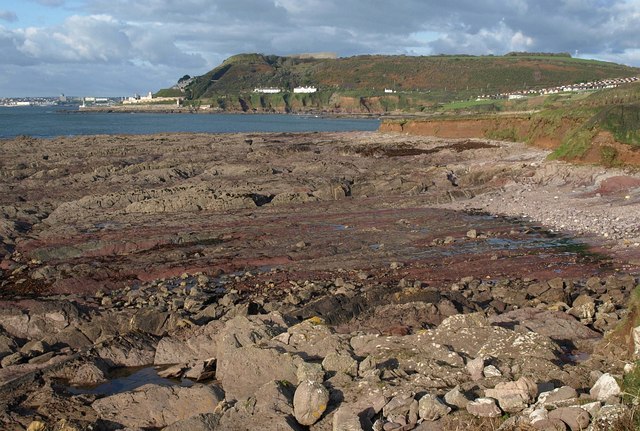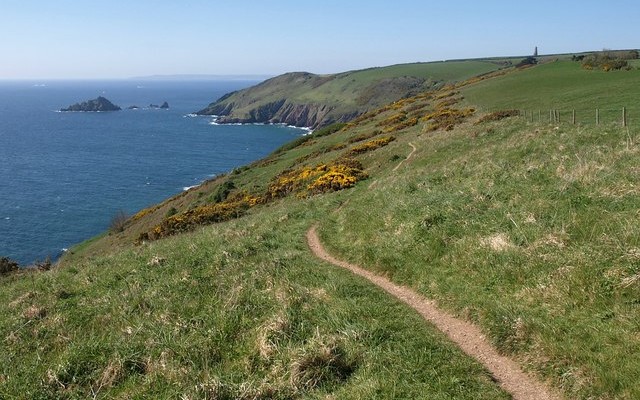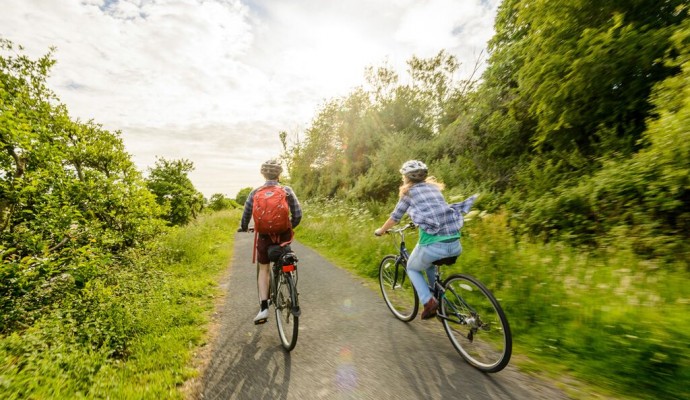Interesting information
At Bovisand Bay the harder Staddon Grits appear and form the headland from Staddon Point northward. The sandstones in this formation were deposited in marine sand bars. To the north, most of Jennycliff Bay is cut into softer and younger marine slates but the northernmost promontory of Mount Batten Point is made of limestone laid down in a clear warm tropical sea.
Along most of this coast you can observe dramatic faults and folds in the rocks, sometimes producing a chevron pattern. These give clear evidence of the terrific pressures that were exerted on the rocks during a period of tectonic plate collision between 330 and 300 million years ago.
This area is designated an Area of Outstanding Natural Beauty, a Site of Special Scientific Interest and a Special Area of Conservation.


